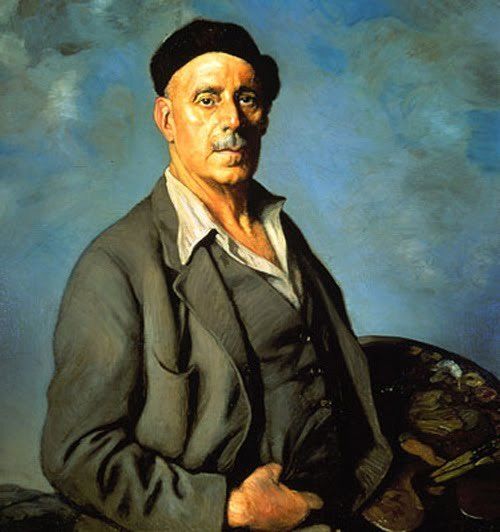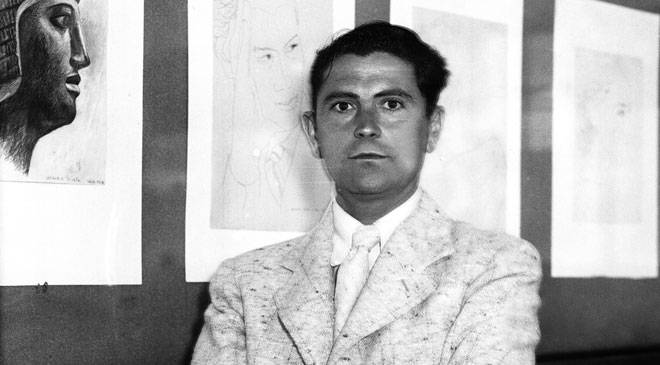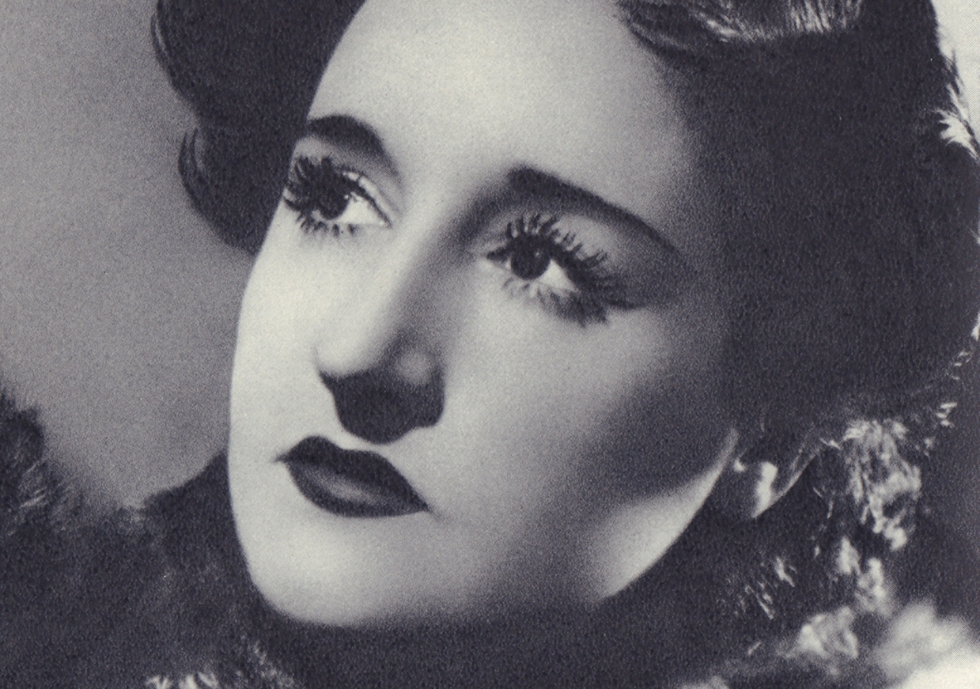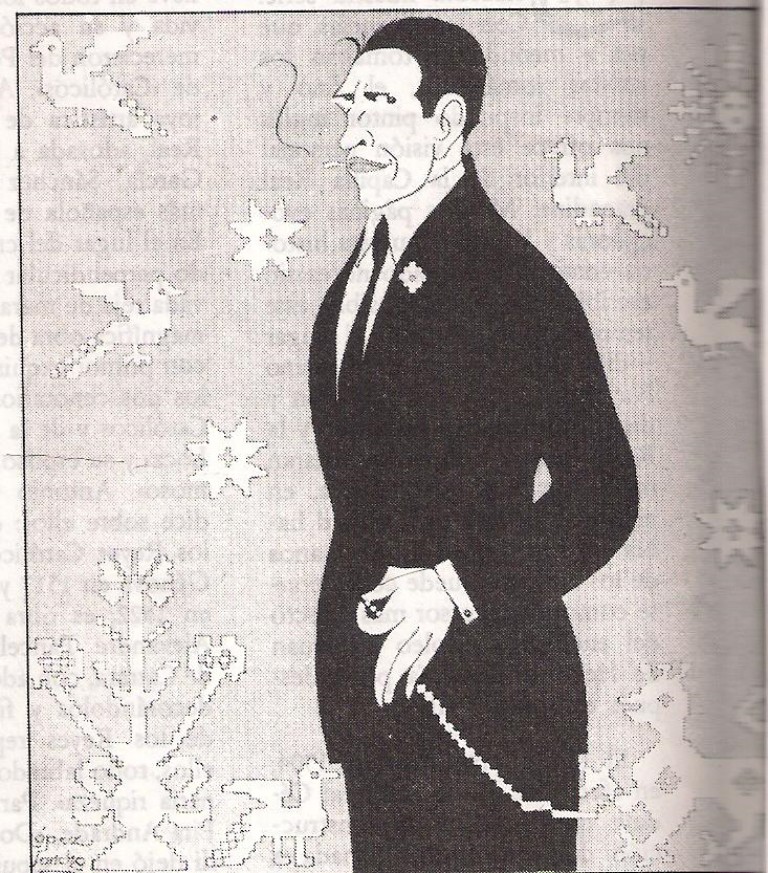Spanish painter recognized for his costumbristas (traditional) paintings and his portraits of a characteristic somber style inherited from Ribera and Goya. He belongs to a saga of artists with artisan roots. His father, Plácido Zuloaga, dedicated himself to Damascene painting, and his uncle Daniel was an important ceramist. He lived most of his life in Paris, although he lived temporarily in Segovia, Zumaya (Guipúzcoa) and Madrid. He was linked to Granada and García Lorca by his relationship with Manuel de Falla and his enthusiastic contribution to the 1922 Flamenco Song Contest which was held in 1922 in the Plaza de los Aljibes in the Alhambra. Federico named him “pope” of the contest.
On January 13, 1922, Falla asks Zuloaga to be “sponsor” of the Flamenco Song Contest in order to get some help from the Granada City Hall. He also suggests that he should direct all the works related to the decoration of the stage.
In 1910, probably in Paris, he meets the composer Manuel de Falla with whom he maintains a close and unique artistic and friendly relationship. Falla had asked him for help for his opera The Short Life, a lyrical drama in two acts premiered in 1913 at the Municipal Casino in Nice. Proof of the closeness of the relationship between the musician from Cadiz and the painter can be found in their letters, which exceed two hundred.
Manuel de Falla, who had settled in Granada in 1920, where he remained until he voluntarily went into exile in 1939, was the intermediary between Zuloaga and Federico García Lorca.
In 1921, Falla decided to organize the Flamenco Song Contest in Granada in order to rescue the “primitive Andalusian singing” along with a wide range of artists and creators who accepted the invitation and supported the contest.
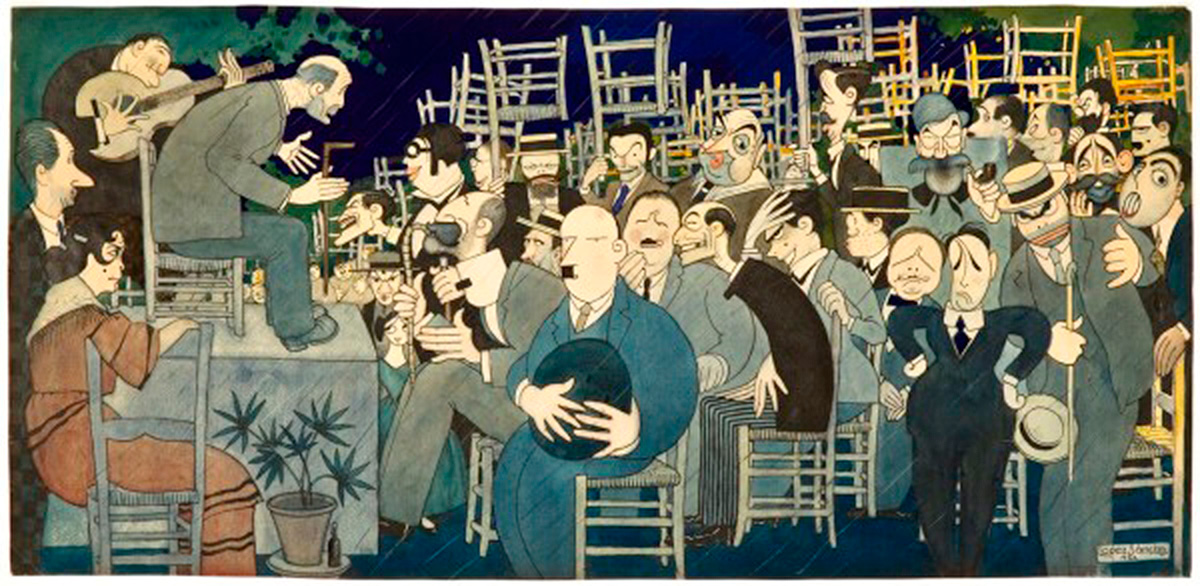
On January 13, 1922, the composer asked Zuloaga to “sponsor” the contest in order to get some help from the Granada City Hall. He also suggests that he should direct all the works related to the decoration of the stage that, until a week before, was going to be the San Nicolás Square in the Albaicín. Zuloaga gladly accepted with an effusive telegram: “Always a fine enthusiast of deep song and music, chanelo (‘understand’ in Gypsy language) and endiquelo (‘see’) suffice with that and I believe myself to be one of the few people in their right mind left”.
The telegram was answered by Federico García Lorca on January 24 in a letter also signed by Falla, Fernando Vílchez, Fernando de los Ríos and the guitarist Manuel Jofré, among other enthusiastic preparers of the contest: “Maestro: your epic telegram, full of cheer, has delighted the most intimate part of our garlochi (heart). We all know that you have always been one of the right ones, because your painting told us so; but now, after the terms of your accession, we have the satisfaction of having found our pope”. The painter also offered a prize of one thousand pesetas for the best gypsy seguiriya.
Zuloaga, from his studio in Paris, designed the stage that was finally set up in the Plaza de los Aljibes on June 13 and 14, 1922. In the months prior to the contest, the painter rounded off his offer by proposing an anthological exhibition of his work, which was inaugurated in the weeks prior to the Flamenco event.
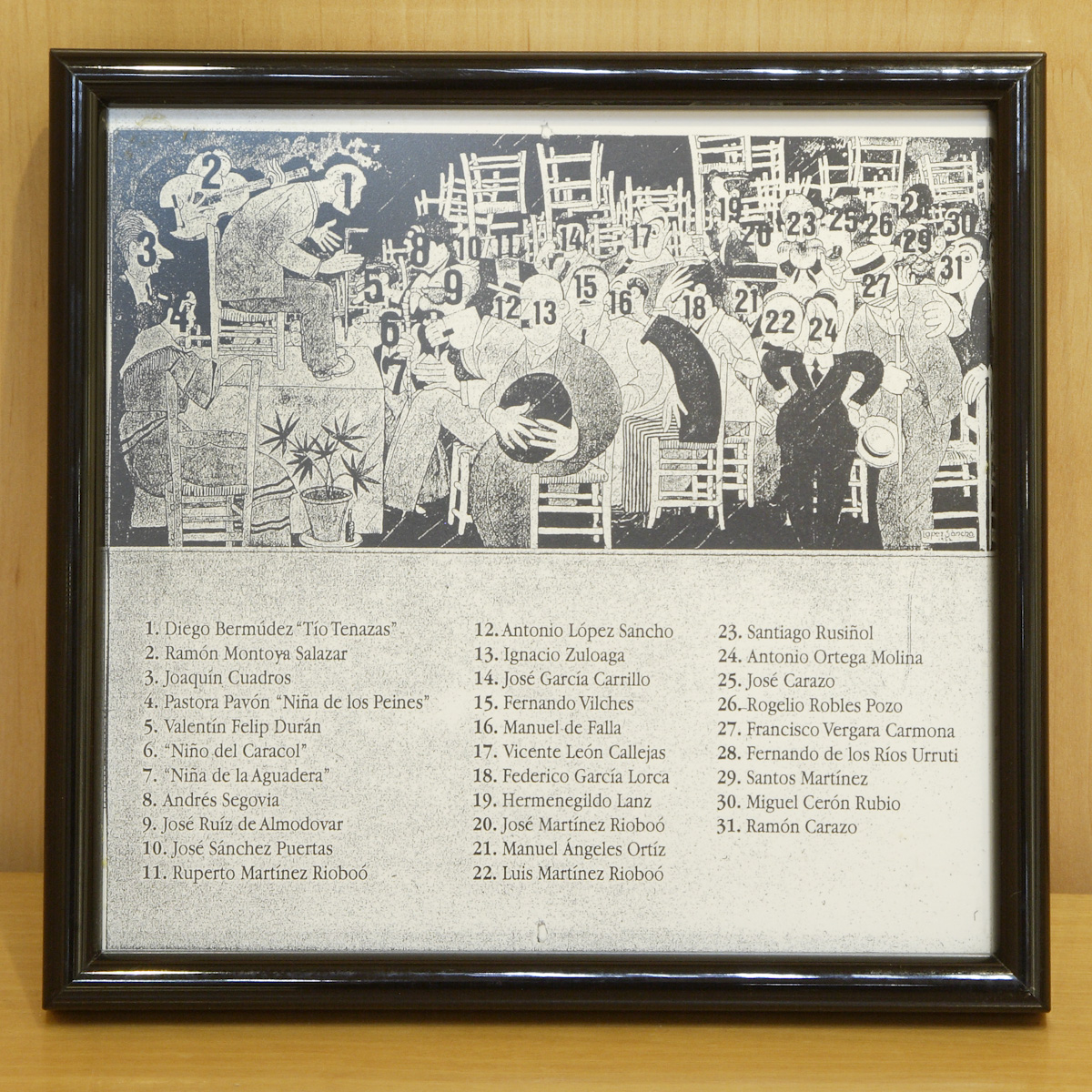
The painter is no stranger to the controversy that originated the contest between those who considered it to be a españolada (“Spanish thing to do”) and those who defended Falla’s idea that it was an opportunity to purify the primitive songs and rediscover their essence. Zuloaga did not hesitate to join the group of Joaquín Turina, Federico Mompou, Roberto Gerhard, Felipe Pedrell, Adolfo Salazar, Santiago Rusiñol, and the writers Antonio and Manuel Machado, Enrique Díez-Canedo, Edgar Neville, García Lorca or Ramón Pérez de Ayala, who defended Falla’s initiative.
In 1928, Falla again asked for his friend’s collaboration for another staging of Master Peter’s Puppet Show which premiered at the Théatre National de l’Opéra-Comique in Paris in 1928.
During the war he supported the rebels to whom he addressed emphatic acclamations: “Thanks be to God, and to Franco, the war is finally won and over!”.
He died in his studio in Madrid in 1945.
